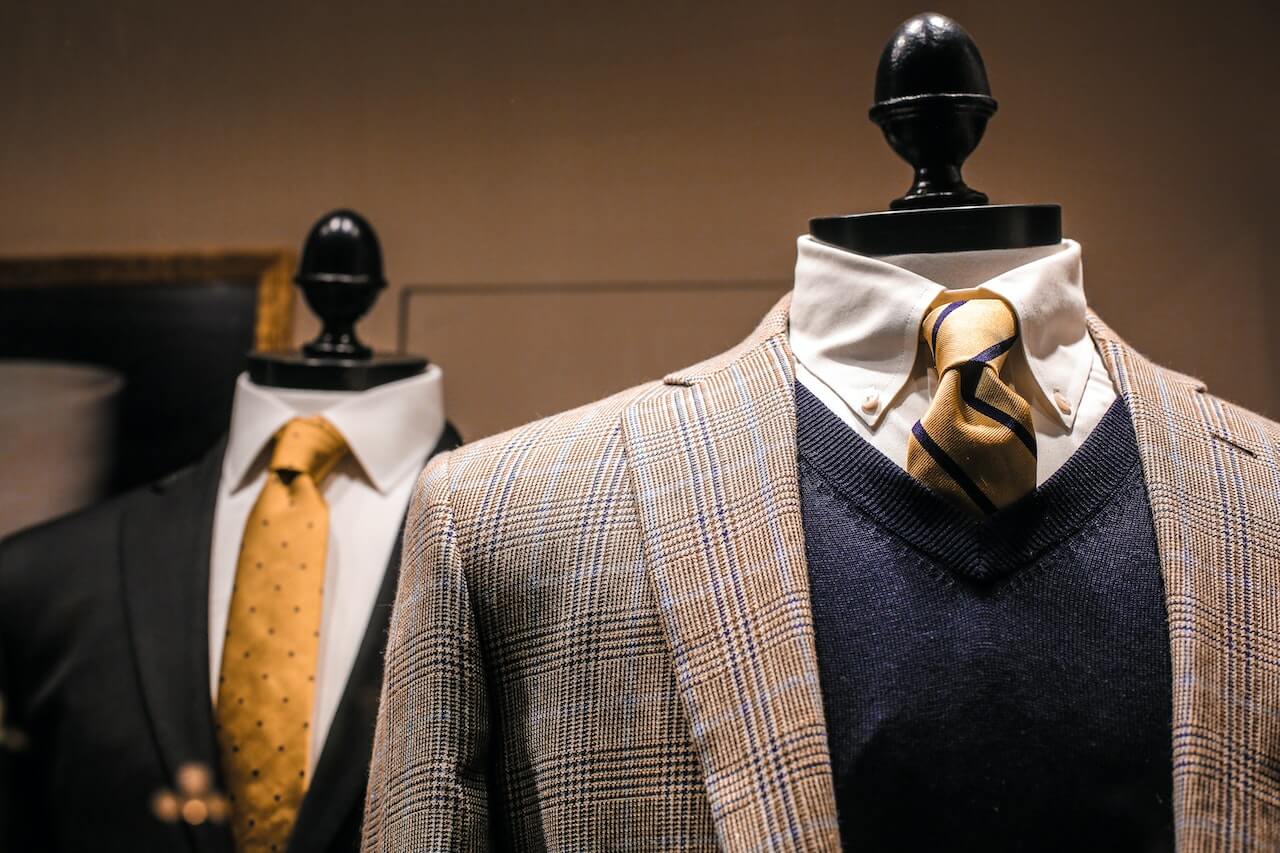
Our Projects are
Transforming African Trade
Quick Contacts
2nd Floor, Fidelity Insurance Centre Waiyaki Way, Westlands

As fashion giants are imposing varied standards and requirements for clothing manufacturers and exporters in the developing countries, including Bangladesh, it impedes making factories environment-friendly and sustainable in transition process.
In this connection, trade experts argue that there should be some harmonisation of standards regarding the green factories producing ready-made garments (RMG) so that more manufactures feel encouraged to join the rally on eco-friendly path of doing business.
They made the observations in a working session of the WTO Public Forum 2023 on Thursday in Geneva.
Panellists at the discussion, titled ‘Green trade measures and their development implications: a focus on the textiles and clothing global value chain’, also argued that urgent action is needed to address the emerging global climate emergency.
They also noted that new sectoral initiatives driven by needs to achieve net-zero point on carbon emissions have increased, including in the textiles and clothing sector.
As the sector has historically been typical in reducing poverty through trade, it has enabled many countries like Bangladesh to gain a foothold into industrialisation and global value chains, they said.
Taking part in the session as a panellist, Dr Fahmida Khatun, executive director of the Dhaka-based Centre for Policy Dialogue (CPD), said the export-oriented textiles and readymade garment (RMG) sector is an important driving force of Bangladesh’s economy as it is a source of employment generation and foreign-exchange earning.
She mentioned that, in the fiscal year 2022-23, the sector earned US$ 48.36 billion which accounted for 87.06 per cent of the total foreign-exchange income of the country and 11.74 per cent of the total gross domestic product (GDP) of Bangladesh.
Approximately, over 5,500 factories in the textiles and RMG sectors employ 4.5 million people in the country.
Bangladesh has already taken various steps for greening the textiles and clothing industry, the executive director of the policy think-tank told her audience about the transition.
“Bangladesh has already begun the transition to green manufacturing and taken various policy initiatives in its national development plans and policy documents in general to support mitigating climate impacts, promote green transition and prevent environmental pollution,” she explained.
The country is now home to 52 out of 100 top green industrial units globally.
Dr Fahmida informed the session that Bangladesh Garment Manufacturers and Exporters Association (BGMEA) has joined UN Climate Charter and supported the country to become home of the highest number of green factories in the world
Currently, there are 180 USGBC LEED-certified green garment factories in the country and 500 more factories are in the process of getting LEED certification.
Quoting a CPD-GTS survey, she said in the last five years, factories’ total average green investment stood at Tk 80 million or US$7.50 million.
She mentioned different barriers to setting up green factories, including disparate standards set by global brands that do the marketing.
“Leading global brands have adopted various standards for similar kind of clothing items that sometimes discourages the manufacturers and exporters from investing more in green factories,” she said.
“Exporters also sometimes alleged that they do not get the premium of the green investment, which is disappointing,” Dr Fahmida said in her deliberations on the flipside of the trade on foreign front.
Financing is another issue that needs to be addressed, she suggested.
Bangladesh’s share in the global clothing-export market stood at 7.90 per cent in the last year from 6.40 per cent in 2021, according to statistics available with the WTO.
The country also retained the second position in the clothing export, preceded by China and followed by Vietnam on the global market in 2022.
Focusing on African experience, David Beer, Chief Executive of TradeMark Africa, said more than 80 per cent of the energy-mix in Kenya is renewable which creates a supportive infrastructure for green clothing factories.
Jodie Keane, a Senior Research Fellow, ODI, in her presentation focused on polices and measures taken by three countries – Bangladesh, Kenya and Vietnam – to make the textile and clothing industry greener.
“These three countries have very different engagement on achieving social, environmental and economic upgrading in the textile and clothing global value chain,” she said.
“As there is no market-led path to environmental or social upgrading, public policy frameworks are key,” she said. “New green trade measure is an opportunity to upgrade environmentally and Bangladesh and Vietnam have already shown some primary advancement in this connection.”
George Riddell, Director of Trade Strategy in E&Y, said textile waste becomes a problem now.
“In the name of second-hand market of clothing, there is a trend of dumping textile and clothing wastes mostly from developed countries in to developing ones,” he explained.
Maximilliano Mendez-Parra, Principal Research Fellow of Overseas Development Institute (ODI), moderated the session where all agreed that the new green-trade measures could unleash new exclusionary forces as supply chains adjust to new regulatory requirements.
They, however, cautioned that unless mitigated, this process could undermine the very objectives the new policy instruments seek to achieve, as well as broader global commitments on sustainable development as part of the 2030 Agenda.
Public forum is the largest outreach event of the World Trade Organization (WTO) that started Tuesday at the multilateral trade organisation’s secretariat in Geneva. Thursday was the third day of the forum which concludes today (Friday).
Read original article
Disclaimer: The views and opinions expressed in this article are those of the authors and do not necessarily reflect the official policy or position of TradeMark Africa.